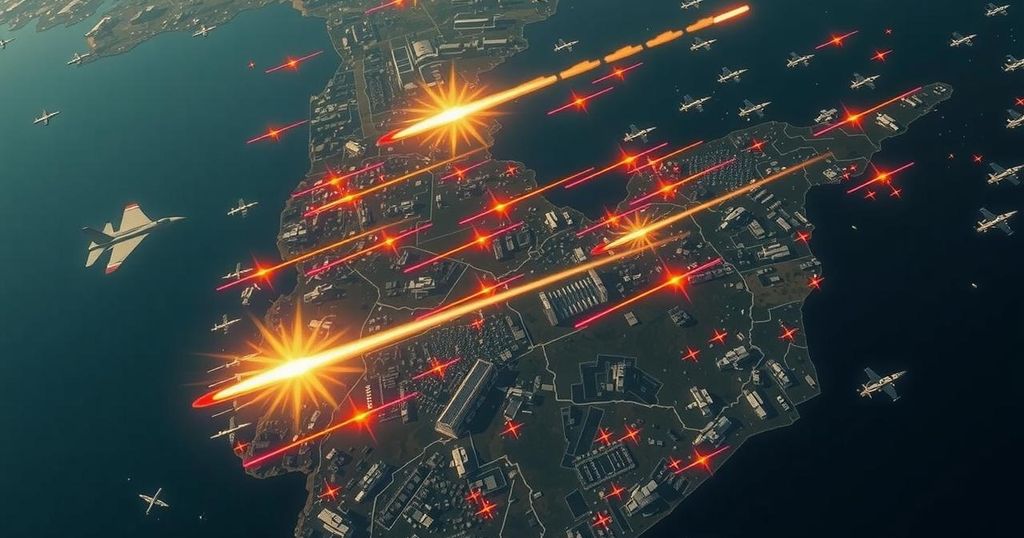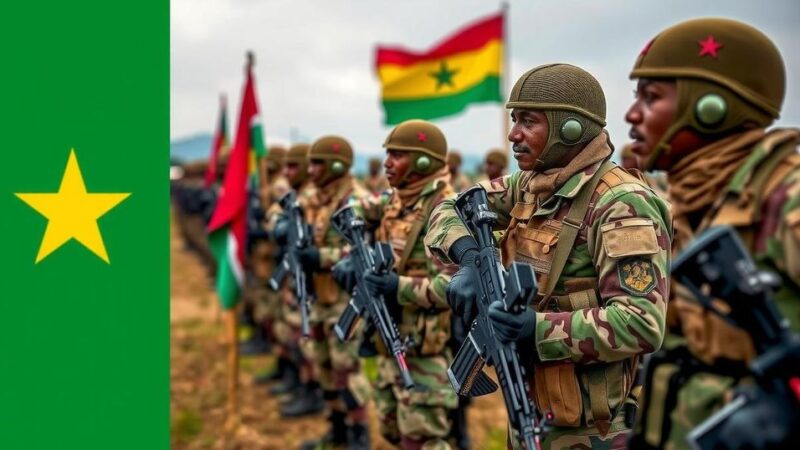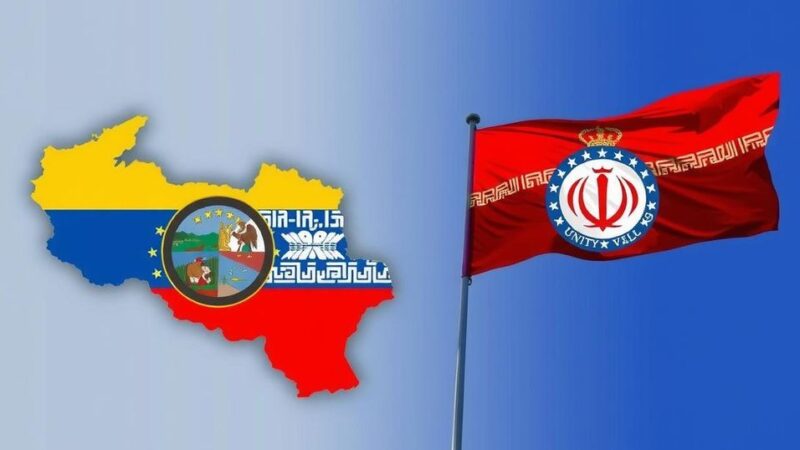Israel launched an airstrike against a Hezbollah weapons depot in Syria, resulting in civilian injuries, while the U.S. intensified airstrikes against Houthi targets in Yemen using B-2 bombers. These developments occur amidst ongoing conflicts linked to Hamas’s recent attacks in Gaza, raising concerns of a wider regional war and exacerbating humanitarian crises in affected areas.
On Thursday, Israel conducted a military strike against a Hezbollah target in Syria amid escalating tensions linked to the ongoing conflict in Lebanon. According to a war monitor, the strike concentrated on a weapons depot associated with Hezbollah in the city of Latakia, which resulted in injuries to two civilians, as reported by Syrian state media. This military action marks part of Israel’s ongoing military campaign, which has included hundreds of strikes against positions in Syria to disrupt the supply lines of Hezbollah, an ally of Iran. Simultaneously, the United States intensified its air operations in Yemen using B-2 stealth bombers to target Houthi rebel facilities. These air strikes occur nearly a month into a larger, multi-front conflict that has included significant escalation in hostilities in both Lebanon and Gaza, particularly following Hamas’s attack on Israel on October 7. The Houthis threatened retaliation for the U.S. strikes, stating, “the American aggression will not pass without a response,” highlighting the interconnectedness of various conflicts in the region, as these groups are largely aligned with Iranian interests. The situation remains dire, with the humanitarian crisis in Gaza exacerbating as air strikes continue to cause significant civilian casualties and displacement. Reports indicate that Gaza’s population is nearing catastrophic levels of hunger, with 345,000 individuals facing severe food insecurity. The socio-economic implications of the ongoing conflicts are projected to persist for generations, further complicating the humanitarian landscape in the region.
The article details recent military actions undertaken by Israel and the United States amidst escalating unrest in the Middle East, particularly focusing on the conflicts involving Hezbollah in Lebanon, the Houthis in Yemen, and Hamas in Gaza. These groups are commonly associated with Iranian influence and are part of what is referred to as the “axis of resistance” against Israel. The backdrop of the violence includes Israel’s retaliatory posture following the October 1 missile strike incident attributed to Iran, and widespread regional fears of a broader conflict emerging from the current hostilities in these multiple locations, including the devastating impact on civilians in Gaza and Lebanon.
In conclusion, the military actions taken by Israel and the United States highlight a troubling escalation in regional conflicts influenced by Iran’s alliances and the ongoing hostilities in Gaza and Lebanon. The increasing use of heavy bombers by the U.S. and persistent strikes by Israel suggest a shift towards a more aggressive military posture. Meanwhile, the humanitarian crises in Gaza and Lebanon raise urgent calls for international attention and intervention to prevent further civilian suffering. The impact of these conflicts on regional stability may have lasting implications.
Original Source: www.newarab.com






